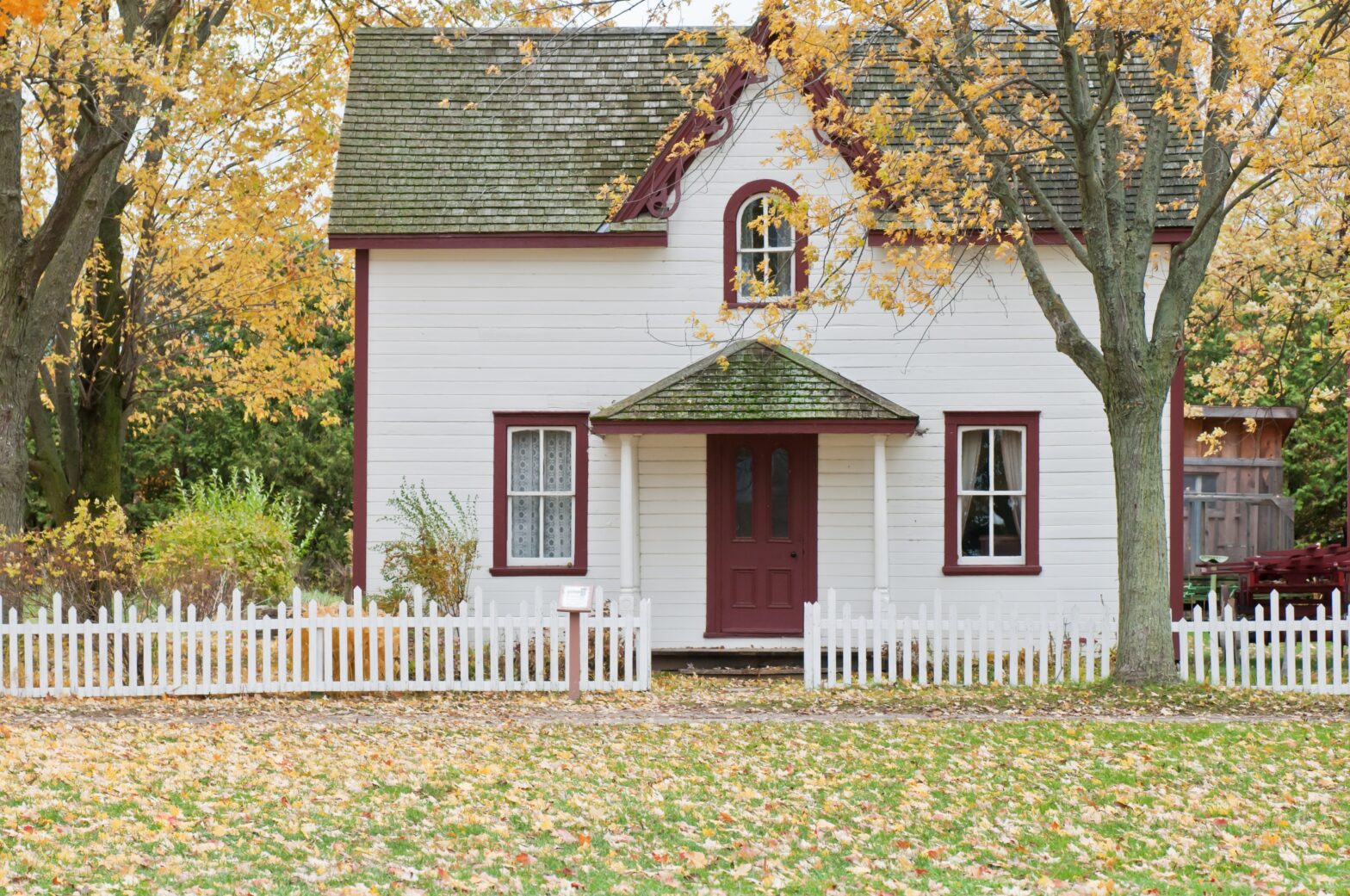Historic or Built pre-1930, Consider this before Renovating
Renovating a historic home, or even on just built before 1930, can be an exciting endeavor. These homes offering an opportunity to restore and preserve a piece of architectural history. However, it’s essential to recognize the unique challenges and risks involved in renovating such properties. Even just a home built before 1930 needs added considerations due to the potential risks associated with renovating homes (historic or not) from this era.
Structural Integrity
One of the primary concerns when renovating an older home is assessing and addressing its structural integrity. Homes built before 1930 may have been constructed with different materials and building techniques that may have degraded over time. It’s crucial to work with a qualified architect or structural engineer to evaluate the foundation, load-bearing walls, and overall structural soundness of the property.
Asbestos and Lead Paint
Historic homes built before 1930 often contain materials such as asbestos and lead-based paint. These substances can pose serious health risks if not handled properly during renovation. Engaging professionals who are experienced in dealing with hazardous materials is essential. They can help identify, safely remove, and dispose of asbestos or lead-based paint, ensuring the safety of both workers and future occupants.
Code Compliance and Permits
Renovating a historic home typically involves navigating various building codes and regulations, which may differ from modern construction standards. It is crucial to research and understand the local requirements for renovating historic homes to ensure compliance. Obtaining the necessary permits and approvals before starting any work is essential to avoid potential legal issues down the line.
Preservation of Historic Features
One of the main reasons for renovating a historic home is to preserve its unique architectural features and charm. However, this can present challenges when it comes to balancing preservation and modernization. Careful planning is required to find a harmonious approach that retains the historical integrity of the home while accommodating modern living standards and amenities.
Unforeseen Costs and Delays
Renovating any home comes with its fair share of surprises, but with historic homes, the potential for unforeseen costs and delays is even greater. Hidden structural issues, outdated electrical or plumbing systems, or the need for specialized materials can significantly impact the renovation timeline and budget. It’s important to have a contingency fund and be prepared for unexpected challenges that may arise during the renovation process.
Final Thoughts
Renovating a historic home built before 1930 can be a rewarding experience, allowing you to breathe new life into a piece of history. However, it’s essential to approach such projects with careful consideration and awareness of the risks involved. By working with professionals, respecting the home’s historical significance, and being prepared for potential challenges, you can navigate the renovation process successfully and create a beautiful, functional, and historically preserved home.

